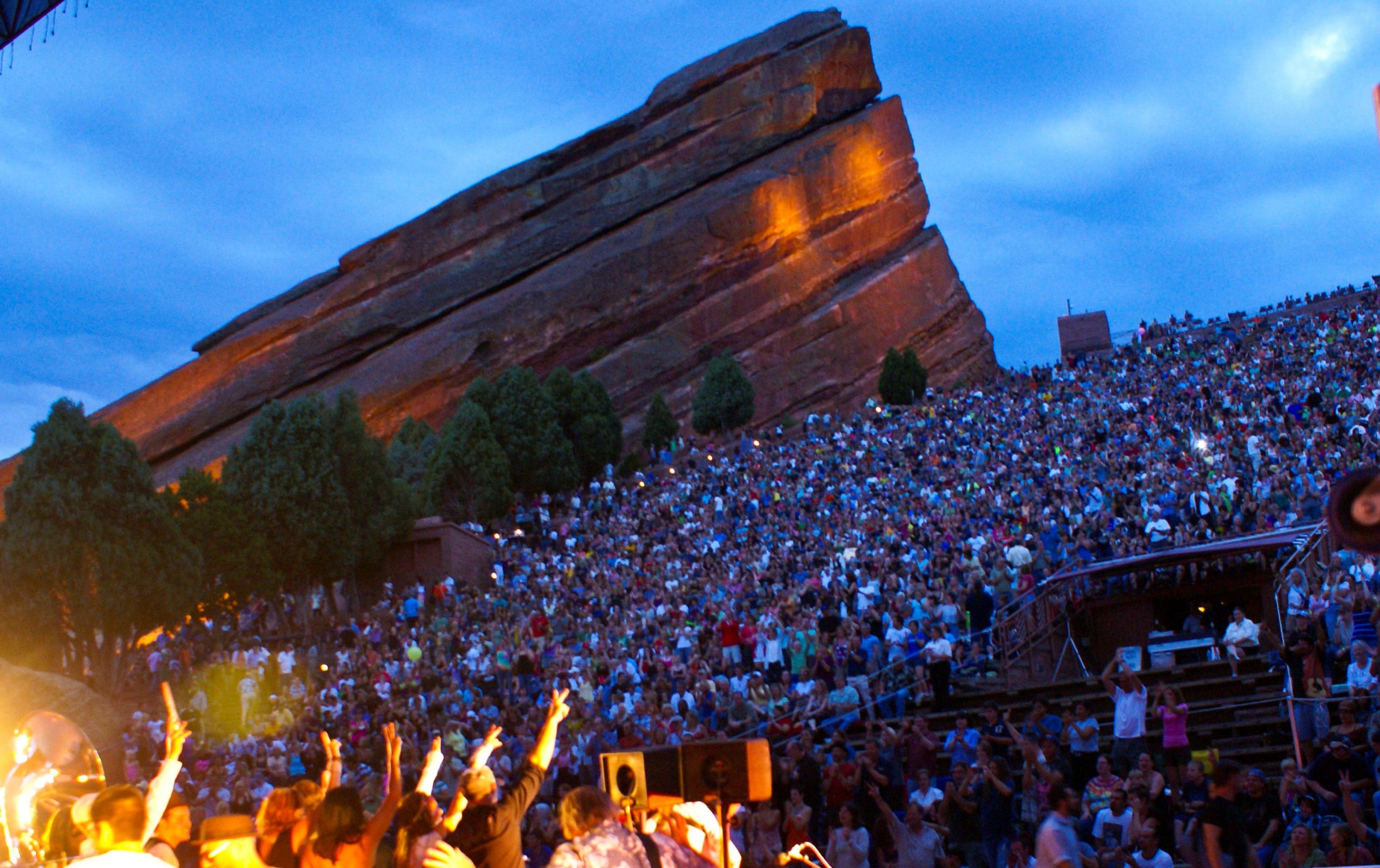By Noah Eckstein, Hollywood Reporter | When journalist Brian Anderson acquired a crumbling speaker monitor from the Grateful Dead’s legendary 1974 Wall of Sound via a Sotheby’s auction, it wasn’t just memorabilia he was after. The former science editor at The Atlantic was seeking a portal, both physical and metaphorical, into Grateful Dead history. A way back to a moment when, as bassist Phil Lesh wrote in his 2005 memoir Searching for the Sound, “from the beginning every one of our moves was powered by deep waves in the group unconscious, these mighty currents were moving us in a singular direction toward a musical polar opposite.”
If that sounds a bit out there, that’s because it was. The Grateful Dead charted the musical and psychedelic terrain of the 1960s counterculture. By the early ’70s, they were searching for new ways to innovate and to forge a deeper communion with their audience.
The Wall of Sound was their most audacious attempt: a 60-foot-wide, 75-ton scaffold of nearly 600 speakers designed to deliver pristine, distortion-free sound to both the band and audience. Debuting in March 1974, it pushed the boundaries of live audio in such a way that marked a new generation in live-music audio, but was short-lived.
> > > > > > > > >
https://www.msn.com/en-us/music/news/the-eternal-power-of-the-grateful-dead-s-wall-of-sound-explored-in-new-book/

